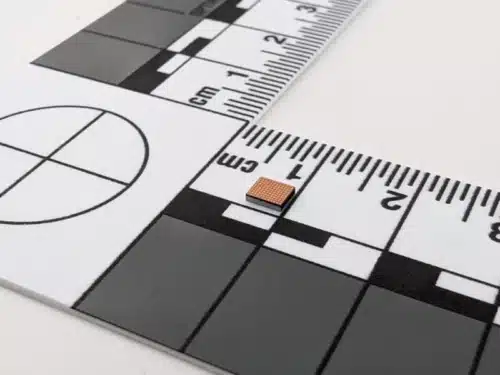The capacitor is designed for high-performance systems, ensuring power integrity with low impedance and a slim, integrable profile.

The EC1005P, from Empower Semiconductor is a single capacitor with a 16.6-μF capacity, designed to meet stringent power integrity requirements commonly seen in advanced systems-on-chip (SoCs). It offers ultra-low impedance up to 1-GHz and a slim profile that can be integrated directly into the substrate or interposer of any SoC. This makes it especially suitable for high-performance computing (HPC) and artificial intelligence (AI) applications.
The EC1005P capacitor utilizes advanced high-density silicon capacitor technology from Empower to bridge the critical decoupling gap between voltage regulators and the SoC supply pins. This design replaces multiple lower-performance, larger discrete components with a single monolithic device, enhancing electrical performance and reducing engineering complexity.
Featuring ultra-low sub-1-picohenry (pH) equivalent series inductance (ESL) and sub-3-milliohm (mΩ) equivalent series resistance (ESR), the EC1005P is packaged in a compact 3.643 x 3.036-millimeter 120-pad chip-scale package (CSP). The device is presented in a standard 784-micron profile, customizable to different height requirements. Empower’s silicon capacitors are known for their high stability across voltage and temperature variations and do not experience the derating or aging issues common with traditional multilayer ceramic capacitors (MLCCs).
“The performance of SoCs and other large computing processors are constantly increasing,” said Mukund Krishna, senior manager of product marketing, Empower Semiconductor. “It is becoming increasingly difficult to reach the level of power integrity and voltage regulation that these devices require with conventional MLCCs. The EC1005P features close-to-ideal parasitic parameters, allowing these SoCs to operate with reduced voltage margin and ultimately reducing system power.”
The EC1005P ECAP is currently available for sampling and is scheduled for volume production in the fourth quarter of 2024.
For more information, click here.







